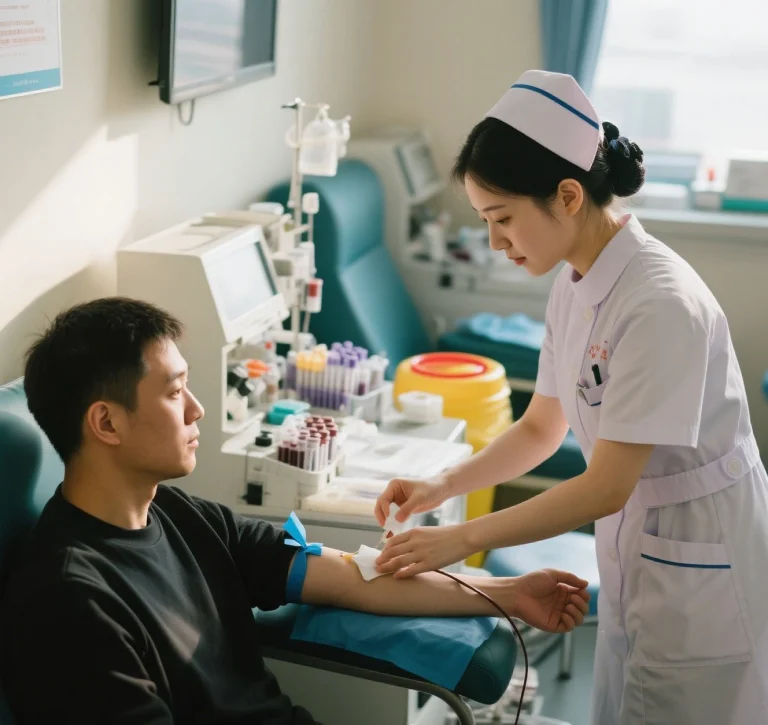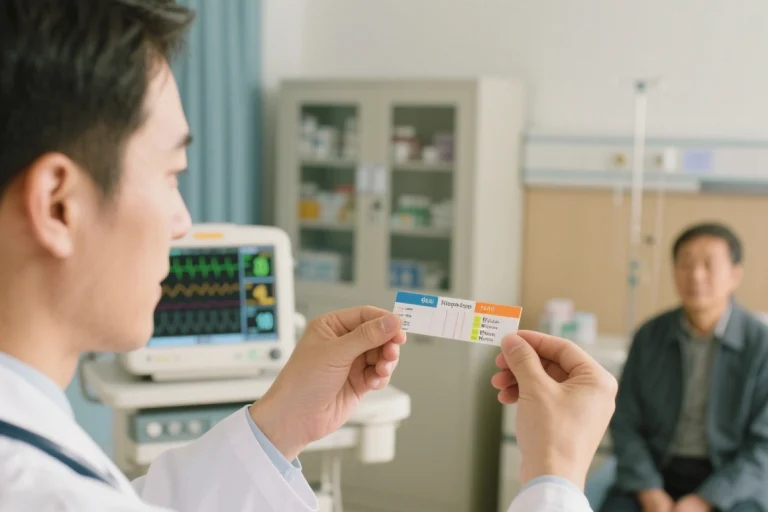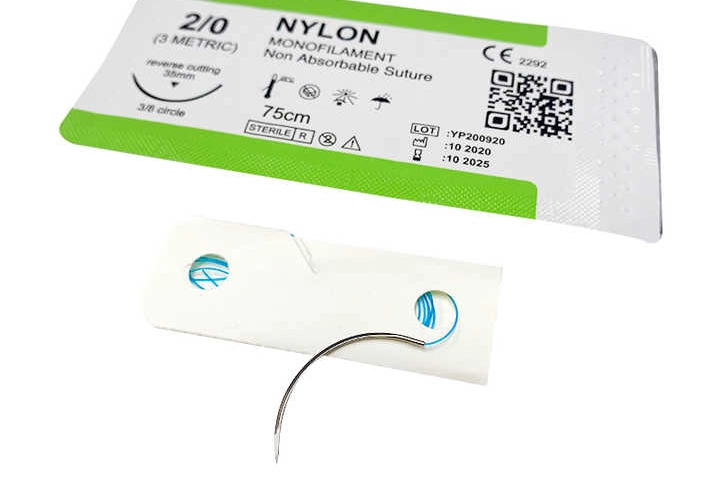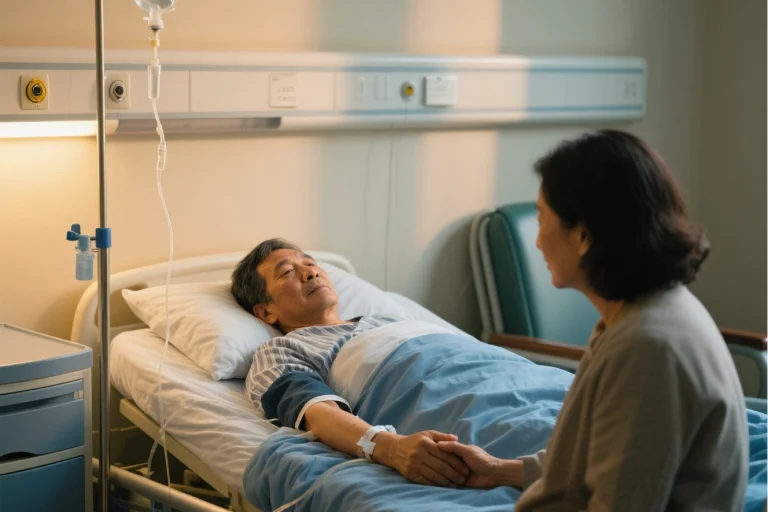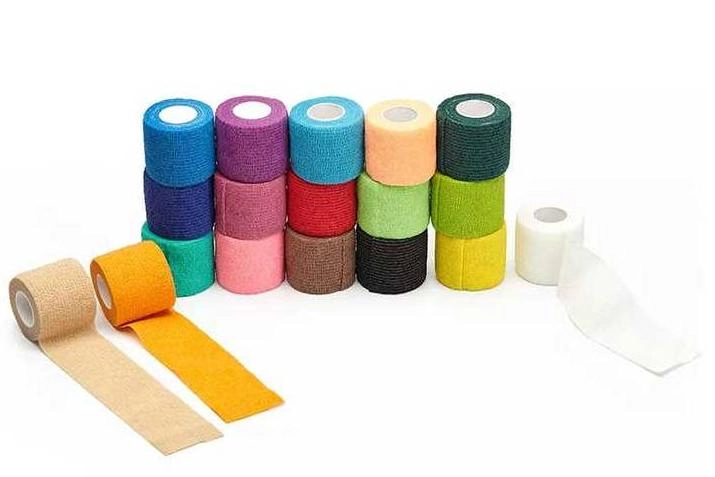
What Causes Pressure Sores?
Why Do They Happen?
Pressure sores, sometimes called bedsores or decubitus ulcers, are injuries to the skin and deeper tissues. They come from long-lasting pressure on one spot. You’ll often see them where skin stretches over bones, like on hips, heels, elbows, or the tailbone. The big issue is that constant pressure squeezes blood vessels, cutting off oxygen and nutrients. Without those, skin and tissue start to die.
Rubbing and sliding also play a part. Rubbing, or friction, happens when skin scrapes against something, like a bed or wheelchair. It can wear down the skin’s outer layer. Sliding, or shear, is when deeper tissues shift against each other, often from bad positioning or gravity. That can cause serious damage under the skin.
Who’s More Likely to Get Them?
Some things make pressure sores more likely. If someone can’t move much, like being stuck in a bed or wheelchair, they’re at higher risk. Conditions that dull feeling, like spinal cord injuries or nerve problems, mean people might not notice discomfort or shift around in time.
Eating poorly or not drinking enough water hurts, too. Without good nutrition, skin gets weak and heals slowly. Health issues like diabetes or blood vessel problems can mess with blood flow and slow healing. Age matters as well—older folks often have thinner skin and less padding, so they’re more prone to these sores.
Symptoms
Spotting Pressure Sores Early
Catching pressure sores early makes a huge difference. At first, you might notice red or discolored skin that doesn’t lighten when you press it. On darker skin, it could look purple or blue. The spot might feel warmer or cooler than the skin around it. Sometimes, it’s tender or hurts a bit.
There’s no open wound yet at this point. But you’ve got to act fast to keep it from getting worse. Keeping an eye out for these small signs can really help.
How They Get Worse
Pressure sores go through four stages:
- Stage 1: The skin’s still whole but looks red or discolored. It might hurt or feel sensitive.
- Stage 2: The top skin layer breaks, leaving a shallow wound or blister.
- Stage 3: The sore digs deeper, forming a crater in the tissue.
- Stage 4: It’s bad now—muscles, tendons, or even bones might show.
If you don’t treat them, serious infections like cellulitis or bone infections can pop up.
Taking Care of a Pressure Sore
Keeping Sores from Getting Worse
Stopping pressure sores before they worsen is the goal. If someone can’t move on their own, shift their position often to ease pressure on tender spots. For folks in bed, turning them every couple of hours helps a lot.
There are handy tools, like air mattresses or special cushions, that spread out pressure. They take stress off bony areas. Adjustable transfer carts can also make moving people safer and easier.
Eating well is super important. Foods packed with protein, vitamins like C, and minerals like zinc help skin heal and keep the immune system strong.
Cleaning and Caring for the Sore
Keeping sores clean stops infections. Use saline to gently wash the wound—skip harsh antiseptics that might irritate it. Sterile cotton gauze, like CE ISO-approved ones, works great for cleaning. Pat it dry carefully. Then add any prescribed creams or dressings.
Pick bandages that match the sore’s stage. Hydrocolloid dressings, which hold in moisture, can speed things up. They keep the wound hydrated and block out germs.
Why Moving Often Matters
Switching positions regularly is one of the best ways to stop sores from worsening. Comfy wheelchairs, like foldable ones, make moving easier. Caregivers need to know how to lift people properly to avoid rubbing or sliding injuries.
If someone’s in a wheelchair a lot, they should shift their weight every 15 to 30 minutes.
Choosing the Best Bandages for Bed Sores
Types of Bandages
Hydrocolloid Dressing Bandages
Hydrocolloid dressings are great for healing. They make a moist environment that helps sores mend. Made with gel-like stuff, they mix with wound fluid to form a protective gel. This keeps the sore hydrated and blocks bacteria. They’re perfect for shallow sores or ones just starting out.
Foam Dressing Bandages
Foam dressings are another solid choice. They’re made of special foam that soaks up extra fluid while keeping the wound moist. They cushion the sore and protect it, which is great for sores with moderate to heavy oozing. They mold to the wound’s shape, so they cover it well and feel comfortable.
Alginate Dressing Bandages
Alginate dressings come from seaweed and are super absorbent. When they touch wound fluid, they turn into a gel that keeps things moist for healing. These are awesome for deep or oddly shaped sores since they can fill in gaps.
Transparent Film Dressing Bandages
Transparent film dressings are thin, sticky sheets. They let oxygen in but keep germs out. They’re good for surface-level sores or early ones. You can check the wound without peeling them off, which helps healing stay on track.
Picking the Right Bandage for Each Stage
The bandage you use depends on how bad the sore is. For stage 1, transparent film or hydrocolloid dressings protect the skin before it breaks. Stage 2 sores do well with hydrocolloid or foam dressings since they handle light fluid and keep things moist.
For stage 3 or 4, where the damage is deeper, alginate or foam dressings are better. They manage heavy fluid and help stop infections. Using the right dressing for the sore’s stage makes healing smoother. Talk to a healthcare pro for advice tailored to the situation.
Why Special Bandages Help
Special bandages do a lot of good. They keep the right amount of moisture for new cells to grow and tissue to heal. They also block bacteria and dirt, cutting down infection risks.
The materials in these bandages are comfy and make changing them less painful. You can use sterile gauze, like CE ISO-approved cotton ones, too. These bandages help sores heal faster, lower complications, and make patients feel better overall.
Why Choose Us
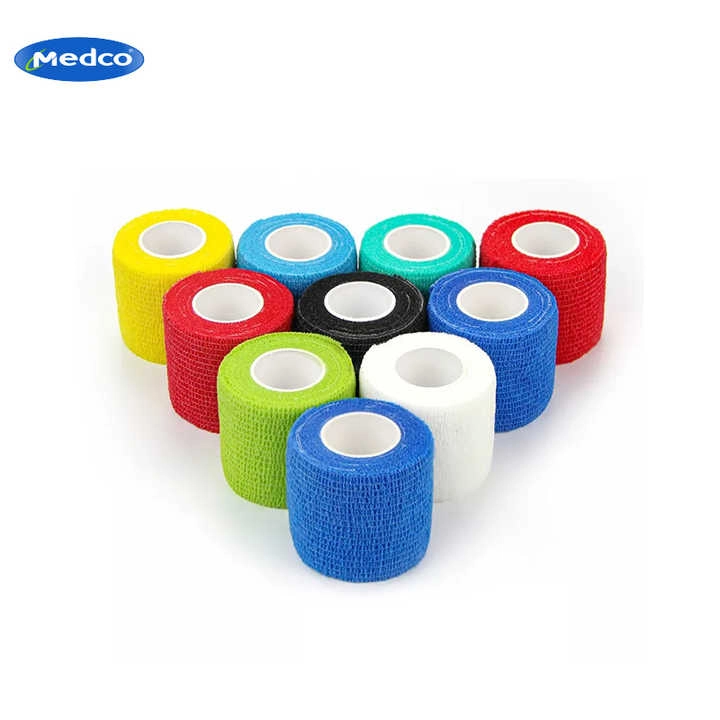
Our Know-How in Pressure Sore Care
Medco have been in the medical supply game for 18 years, and we’re proud to offer top-notch service for pressure sores. Our products come with CE0123 and ISO13485 certifications. We don’t just sell stuff—we help you pick the best care options for your needs.
Every product goes through tough quality checks. Whether it’s hydrocolloid or foam dressings, we’ve got a wide range to cover you.
Bandages That Fit Your Needs
We’ve got specialized bandages for every stage of pressure sores, and our prices are 8-30% lower than the competition. From moisture-holding hydrocolloids to super-absorbent alginates, we’ve got what you need.
Our one-stop shop makes buying easy for caregivers and healthcare providers. With quick delivery and a support team ready 24/7, we’re here to go above and beyond.
Got questions about our bandages or need help picking the right ones? Contact us today!
FAQ
Q: What role do bandages play in treating pressure sores?
A: Bandages protect pressure sores, keep them moist for healing, and block bacteria to prevent infections. They also make the wound more comfortable during recovery.
Q: How do hydrocolloid dressings help pressure sores?
A: They create a moist environment with a gel-like layer that promotes healing and keeps out bacteria. They’re great for shallow or early-stage sores.
Q: When should I use foam dressings for a pressure sore?
A: Use foam dressings for sores with moderate to heavy fluid. They soak up excess liquid, cushion the wound, and fit its shape for comfort.

